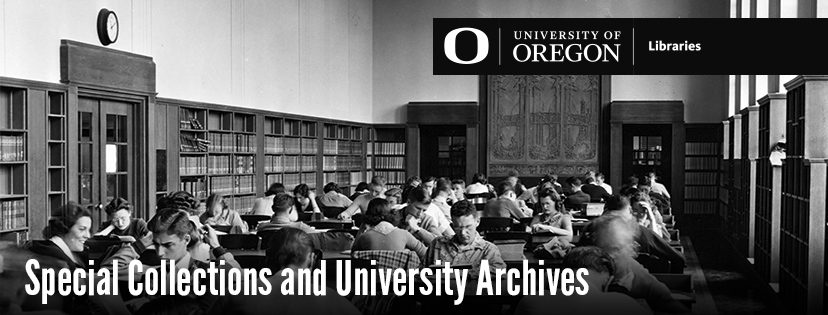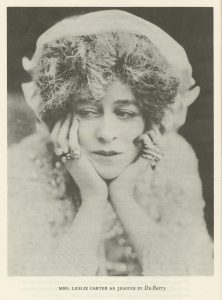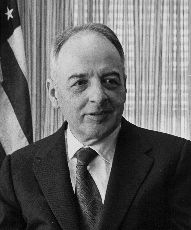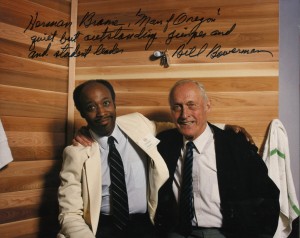President Clark: Contentious Times

This is the fifth of a series of blog posts highlighting the ongoing work of the Documenting UO History Project within the University Archives. A major part of this project is researching and documenting the often untold and hidden histories of the university’s diverse and underrepresented communities. This year our focus will continue to highlight Black history on campus, specifically Black student activism from the 1960s to present. Prior posts can be seen here.
President Robert D. Clark began his tenure at Oregon in 1969 and remained president until 1975. As far as students were concerned, Clark had large shoes to fill as the replacement to President Flemming, who had been incredibly popular with students from all walks of life and who especially championed the rights of minority students. Fortunately for Oregon students, President Clark came into the job with a wealth of experience, and was known as a progressive administrator. Prior to his presidential tenure at the University of Oregon, Clark served as the President of San Jose State University from 1964 to 1969. Students and faculty appreciated Clark’s ardent defense of civil rights issues, which included his unwavering support of Olympians John Carlos and Tommie Smith. This post will explore Clark’s relationship with student activists in his first years at the University of Oregon.





